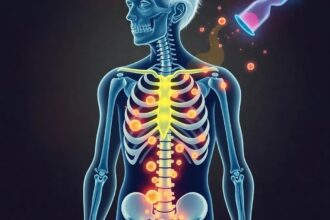Exploring the potential of food matrices to enhance nutrient delivery and health outcomes in processed foods through innovative food science techniques.
Food matrices could revolutionize processed foods by improving nutrient delivery and health benefits through advanced scientific insights.
The Concept of Food Matrices
Food matrices refer to the complex structures and arrangements of nutrients within foods that impact how those nutrients are digested, absorbed, and utilized by the body. The ‘food matrix effect’ highlights how the interaction of these components can affect nutrient bioavailability and bioaccessibility, potentially altering their health benefits.
Impact of Processing on Nutrient Absorption
Processing can significantly influence the nutritional profile of foods by modifying their matrices. For instance, the Journal of Food Science explains that heating tomatoes increases the bioavailability of lycopene, a powerful antioxidant, by breaking down cell walls and releasing the compound. However, processing may also reduce levels of some vitamins and fibers. Balancing these effects requires consideration of the impact on the food matrix.
Optimizing Food Matrices
Recent advancements in food science offer potential to manipulate food matrices to enhance health outcomes. Designing food matrices to improve bioavailability of specific nutrients or alter the release of sugars and fats could provide significant health benefits. An article in Food & Nutrition Research discusses how encapsulating omega-3 fatty acids within emulsified matrices improves their stability and extends shelf-life while maintaining health benefits. This is an example of how innovative processing techniques are applied in the industry.
Future Directions in Food Science
As consumers become more health-conscious, the demand for nutritionally optimized processed foods is increasing. Research in engineered food matrices could pave the way for creating products that meet this demand by enhancing the nutrient profile of traditionally less healthy options. Experts foresee a wave of bioengineered products emerging, presenting opportunities to address nutritional deficiencies on a broader scale. American Dietetic Association highlights the potential of these developments to revolutionize dietary guidelines and consumer behavior with well-structured research and application. In conclusion, unlocking the potential of food matrices in processed foods is about harnessing innovative approaches to bring about substantial health advancements. Through cutting-edge research and applied sciences, we can explore exciting possibilities that promise better health outcomes while satisfying modern culinary demands.




